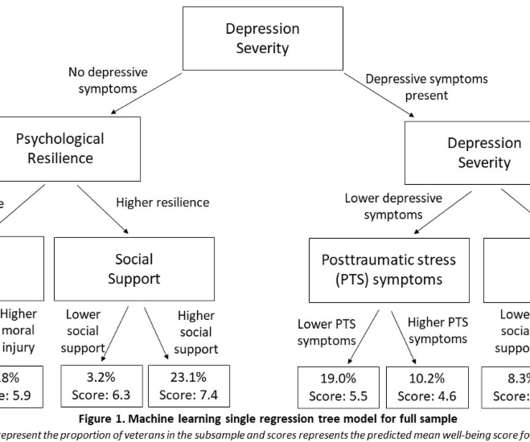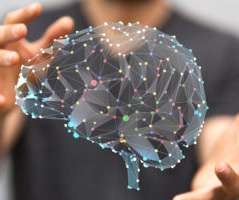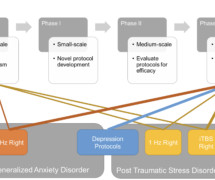Predictors of veterans’ well-being after leaving service
Society of Clinical Psychology
NOVEMBER 22, 2021
Although many individuals do well after leaving the military, the transition from military to civilian life can be challenging for some military veterans. Understanding how veterans fare when they leave service is important to inform early intervention and prevention efforts.













Let's personalize your content